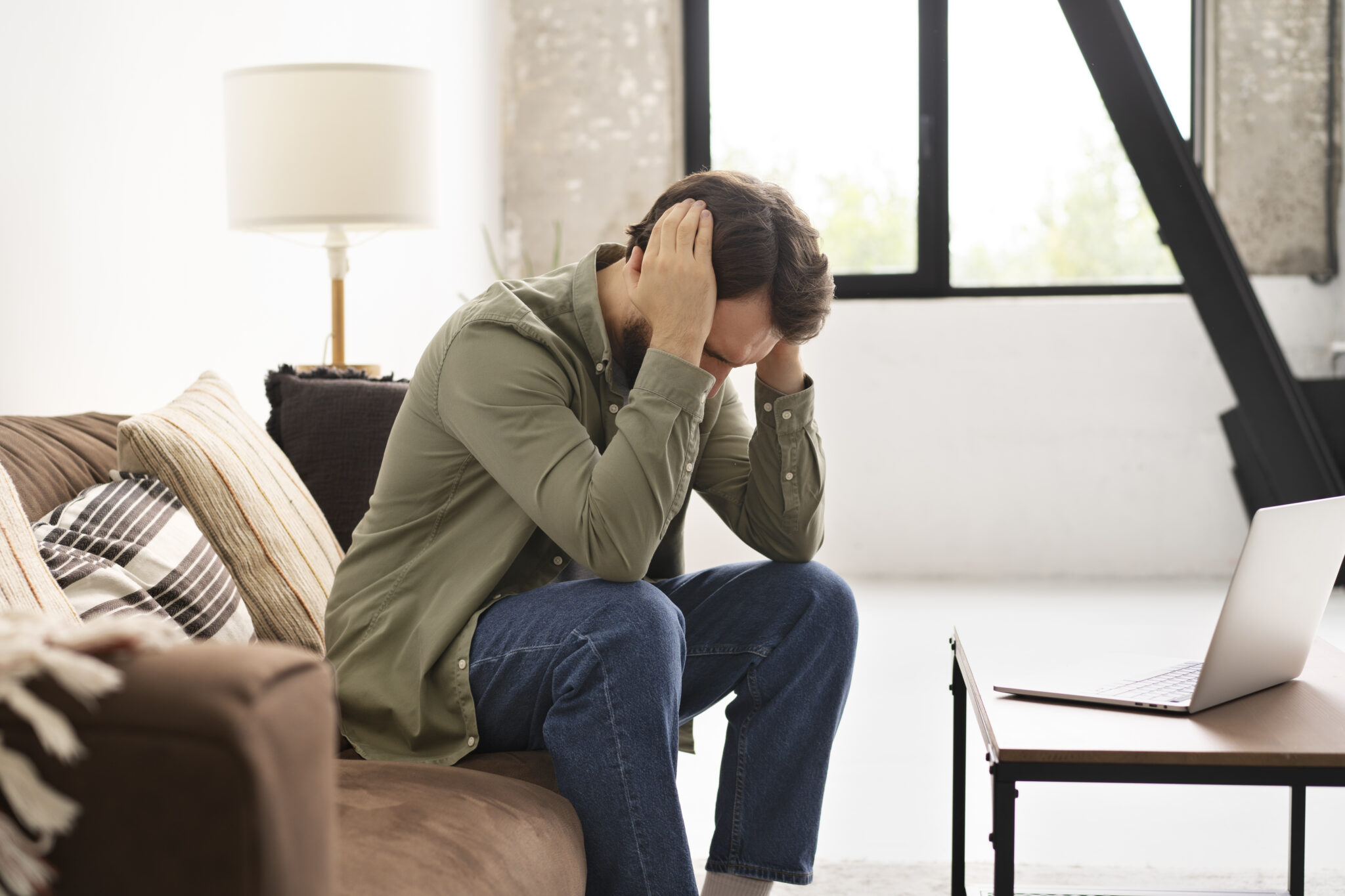Most people in this world have experienced anxiety, but not everyone’s anxiety is so intense that it becomes a disruption to their daily lives, nor has everyone experienced a panic attack. However, both persistent anxiety problems and panic attacks are common occurrences, so if one or both of them has happened to you, try to rest easy! They may be unpleasant and frightening, but they aren’t dangerous or unusual.
Still, having to deal with anxiety or panic attacks in your daily life can be miserable, and it’s not something anyone deserves to deal with. Learning more about anxiety and panic can help you to understand what’s happening to you, and learn to cope with it better. One of the first things that most people get curious about is how a panic attack differs from general anxiety. Here’s what’s important for you to know?
What is a Panic Attack?
The first thing that’s important to understand is that a panic attack is different from anxiety in that it is a full-body, physiological response to a real or perceived threat. It’s not all in your head! Basically, a panic attack is the activation of your body’s fight or flight system, an evolutionary feature of our human makeup. This system exists to protect us from danger by allowing our bodies and minds to shift into action mode and either defend ourselves from a threat, or run away from one. When prehistoric humans faced down huge predators, the rush of adrenaline and change of body functions that comes with this alarm system helped them to survive.
For modern humans, however, there’s usually no predator-level threats to deal with, but the biological defense system is still there. Sometimes, it can get tripped without warning, sending your body into fight or flight mode when you have no reason to fight or flee from anything. Instead, you’re stuck doing whatever you were doing– sitting at work, shopping at the grocery store, or trying to fall asleep– while your body surges to defend itself. All of that adrenaline and action has no outlet, and you experience the response as a panic attack.
Sometimes panic attacks can seem to have no triggers, and sometimes they can be linked to your anxiety– the racing thoughts and physical and mental stress that can plague you throughout the day. However, the two are still separate phenomena. Let’s take a look at how they’re different!
Onset and Intensity
Anxiety, as a rule, is something that builds up over time and is noticeable and unpleasant, but doesn’t demand every ounce of your attention. It’s like the noise of a fan going in the background: constantly present and annoying, but able to be tuned out at times. A panic attack, on the other hand, strikes quickly and suddenly, often without warning, and is so intense that you’ll be unable to think about or focus on anything else. If anxiety is like the sound of a fan, a panic attack is akin to the sound of a smoke alarm– unexpected, startling, and impossible to ignore.
Duration
Anxiety, or an anxiety attack, is something that can last for a long time, often for weeks or months. Panic attacks, on the other hand, are very short bursts of intense feelings, thoughts, and emotions. They only last for a short amount of time, usually reaching their peak within ten minutes before dropping off. While you can have multiple panic attacks in a short period of time, it’s important to remember when you’re in the middle of one that it will end– all panic attacks do, and you will not feel like this forever!
Important Symptoms
You’re probably already familiar with the symptoms of anxiety. Things like racing thoughts, high heart rate, physical tension, muscle aches, headaches, restlessness, irritability, and trouble sleeping are all signs that your body and mind are preoccupied with stress and anxiety. Some of these symptoms are also found in panic attacks, like increased heart rate and racing thoughts. However, there are some symptoms of panic attacks that are not found in general anxiety, and can be helpful in determining which one you’re experiencing.
Extreme physical symptoms are common during panic attacks, like shaking or trembling, chills, numbness or tingling, especially in the hands and feet, nausea, throat tightness or the feeling of choking, shortness of breath, or intense chest pain.
Another thing that’s common in panic attacks is something that is referred to in mental health circles as “a sense of impending doom.” This is hard to describe unless you’ve experienced it, but essentially it’s the feeling that accompanies a panic attack that everything is going horribly wrong somehow. People sometimes describe this as feeling as if they’re dying, losing their mind, or going crazy, or feeling like they’re having a heart attack or like the walls are closing in.
Derealization or depersonalization are also common in panic attacks. This is a symptom where you feel detached from your own body and mind, as if you aren’t a real person or the world around you isn’t real, or both. Some people even report feeling like they’re seeing their own bodies from a distance.
If you have suffered from panic attacks in your life, especially if you’re prone to having them frequently, you know all too well how unbearable they can feel. You don’t have to live your life hindered by your own anxiety or the fear of having another panic attack! With treatment and time, many people who suffer from an anxiety or panic disorder can feel better again. You can continue to read our blog here for more information about mental health that might be helpful to you.

